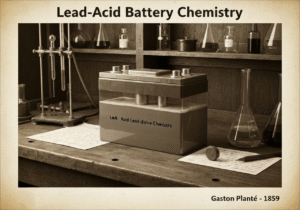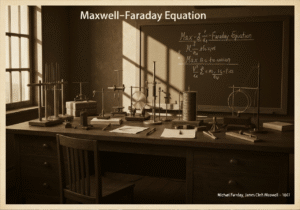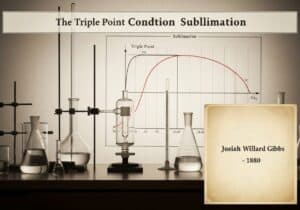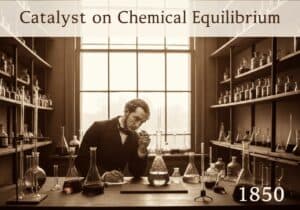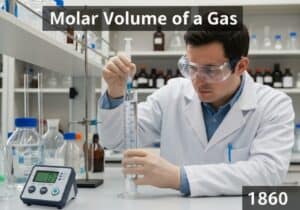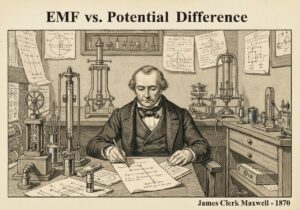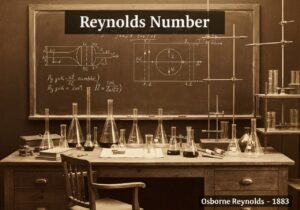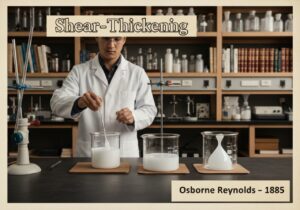The critical temperature is the temperature above which a distinct liquid phase cannot be formed, regardless of the applied pressure. Each gas has a unique critical temperature. To liquefy a gas, it must first be cooled below this temperature. This concept, established by Thomas Andrews, is fundamental to understanding the conditions required for any liquefaction process.
Critical Temperature of Gases
- Thomas Andrews
Thomas Andrews’ experiments in the 1860s on carbon dioxide were pivotal. He meticulously measured its pressure-volume-temperature (P-V-T) relationships and discovered that above approximately 30.98 °C (304.1 K), CO2 could not be liquefied no matter how much 压力 was applied. He termed this the ‘critical temperature.’ Below this temperature, increasing the pressure on the gas would eventually cause it to condense into a liquid. At the critical temperature itself, the gas transitions into a liquid at a specific ‘critical pressure’ and ‘critical volume,’ a state known as the critical point. At this point, the densities of the liquid and gas phases become equal, and the meniscus separating them disappears. The substance becomes a supercritical fluid, possessing properties of both a gas and a liquid. This discovery was crucial because it explained why earlier attempts by scientists like Faraday to liquefy gases such as oxygen, nitrogen, and hydrogen had failed; they were not cooling the gases below their respective, much lower, critical temperatures, a prerequisite for liquefaction by compression.
类型
中断
使用方法
前体
- Boyle’s Law (relationship between pressure and volume)
- Charles’s Law (relationship between volume and temperature)
- Amagat’s experiments on gas compressibility at high pressures
- Michael Faraday’s earlier, partially successful attempts at gas liquefaction
应用
- liquefaction of natural gas (LNG)
- production of liquid oxygen and nitrogen for industrial and medical use
- refrigeration and air conditioning systems
- supercritical fluid extraction (e.g., decaffeination of coffee)
- supercritical fluid chromatography
专利:
迎接新挑战
机械工程师、项目、工艺工程师或研发经理
可在短时间内接受新的挑战。
通过 LinkedIn 联系我
塑料金属电子集成、成本设计、GMP、人体工程学、中高容量设备和耗材、精益制造、受监管行业、CE 和 FDA、CAD、Solidworks、精益西格玛黑带、医疗 ISO 13485
历史背景
Critical Temperature of Gases
(如果日期不详或不相关,例如 "流体力学",则对其显著出现的时间作了四舍五入的估计)。
相关发明、创新和技术原理

